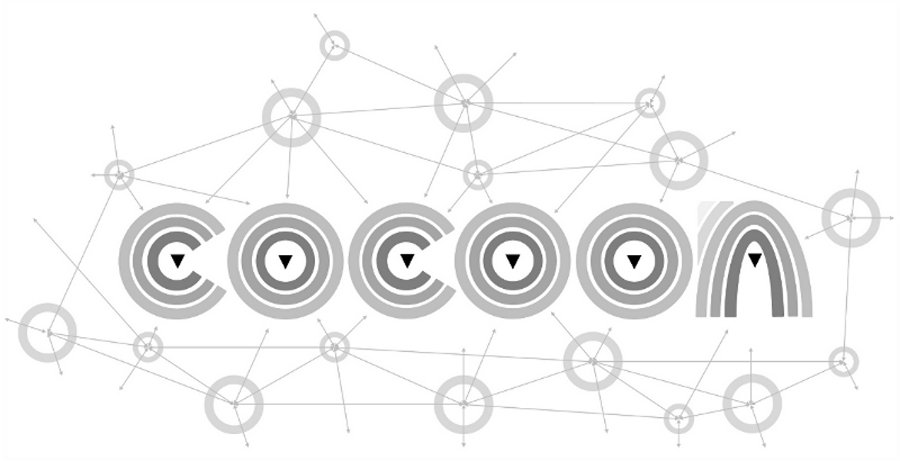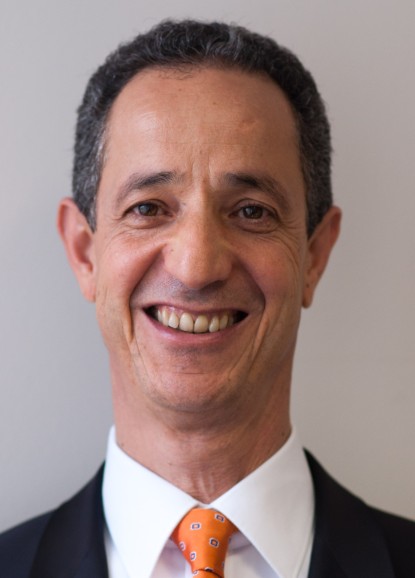Our daily life is surrounded by a growing number of sensors and communication devices. This is a trend that opens new opportunities for numerous new applications which will revolutionise our social and professional life. This will become only possible if users, computers and physical objects are intelligently networked to allow an ubiquitous wireless communication.
Research in LOEWE Priority Program Cocoon
Goal of the LOEWE Priority Program was to approach the vision of a smart city by the way of cooparative sensor communication.

Supported by:
Support Program of Hessian Ministery of Science and the Arts






